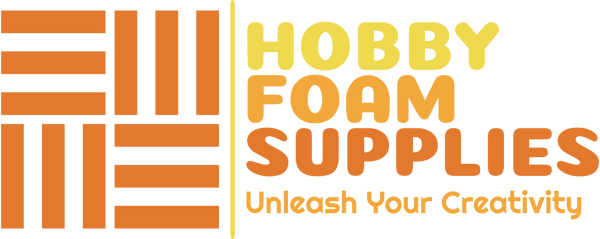Advanced detailing techniques can elevate your XPS foam crafts to a professional level. Here are some methods to consider:
1. Texturing
- Wood Grain: Use a wire brush or a ballpoint pen to create realistic wood grain textures.
- Stone and Brick: Carve stone or brick patterns using a hobby knife or sculpting tools.
2. Layering and Stacking
- Depth and Dimension: Glue multiple sheets of XPS foam together to build up layers. This technique is useful for creating terrain, buildings, or other complex structures3.
3. Carving and Sculpting
- Fine Details: Use rasps, files, or even a ballpoint pen to carve intricate details and patterns. This can add a lot of character to your models4.
- Hot Wire Cutting: For precise and clean cuts, a hot wire cutter can be invaluable.
4. Painting Techniques
- Priming: Always prime your foam before painting to ensure better adhesion and durability.
- Dry Brushing and Washes: These techniques can add depth and highlight details.
5. Weathering
- Aging Effects: Use techniques like stippling, sponging, and dry brushing to create weathered and aged effects.
6. Sealing
- Durability: Apply a sealant or varnish to protect your finished piece.
7. Incorporating Other Materials
- Mixed Media: Combine XPS foam with other materials like balsa wood, plastic, or metal to add variety and realism to your projects3.
8. Using Molds and Stamps
- Repetition and Consistency: Create or purchase molds and stamps to replicate textures and patterns consistently across your project3.
9. Heat Shaping
- Curved Surfaces: Carefully apply heat to bend and shape the foam into curves and other complex forms. This technique requires caution to avoid damaging the foam3.
10. Advanced Tools
By mastering these advanced techniques, you can significantly enhance the quality and realism of your XPS foam crafts. Experiment with different methods to find what works best for your projects, and don’t be afraid to combine techniques for unique effects. Happy crafting!

